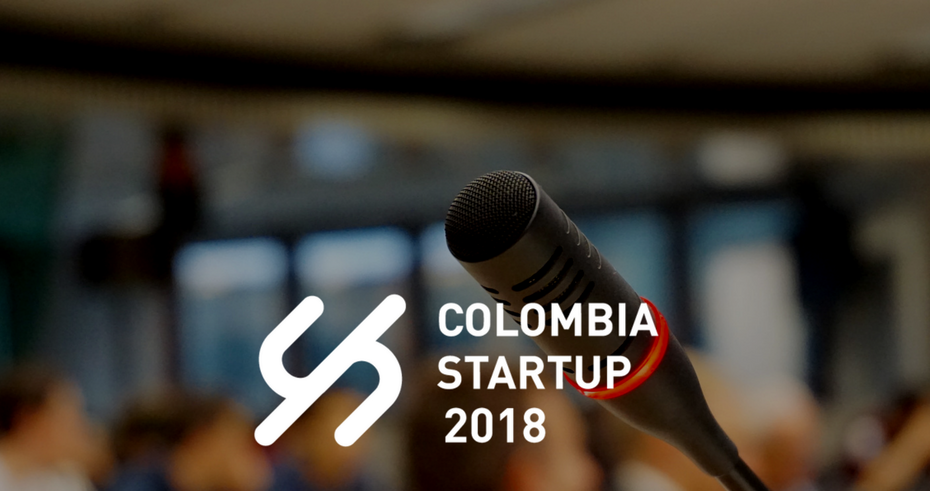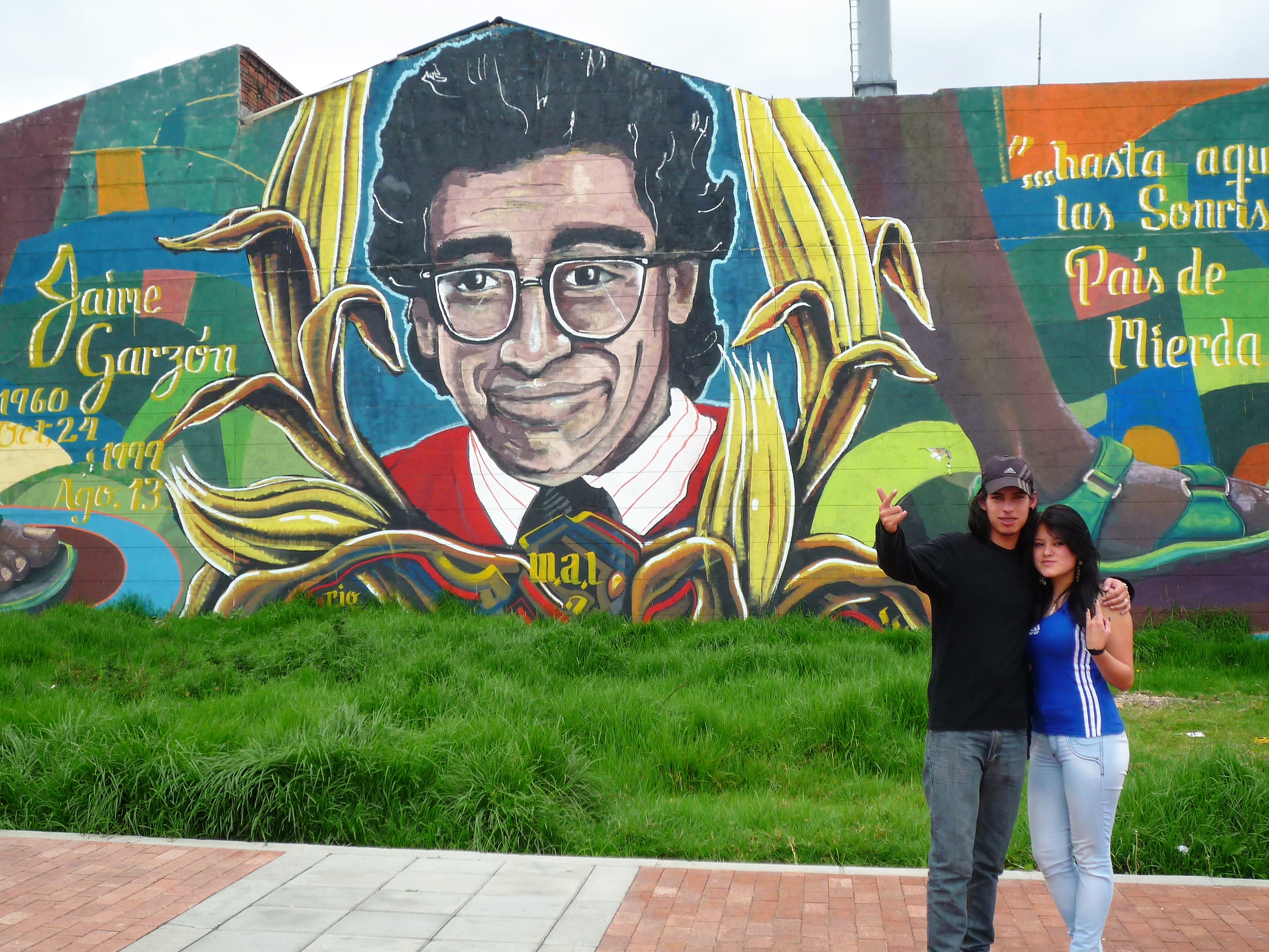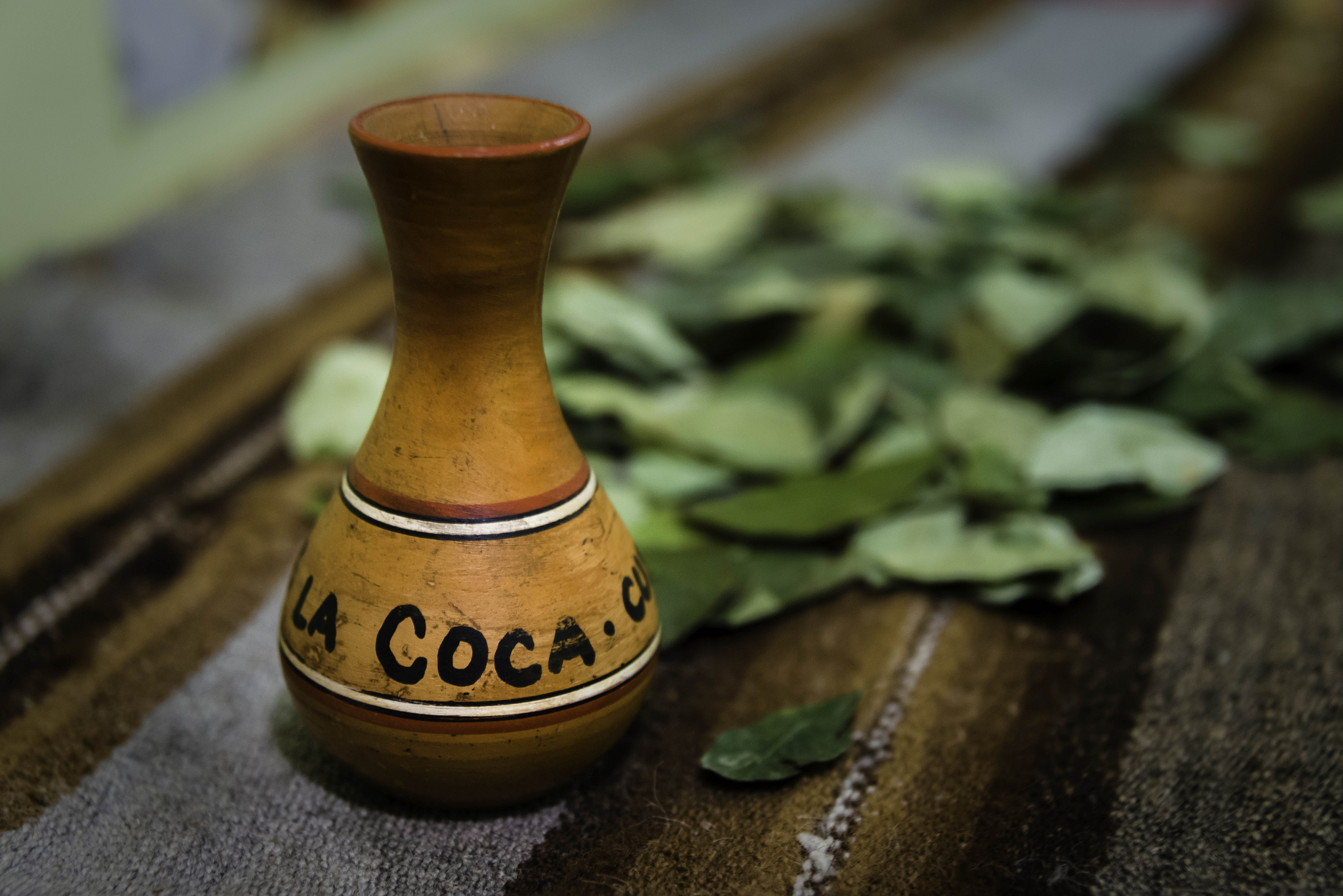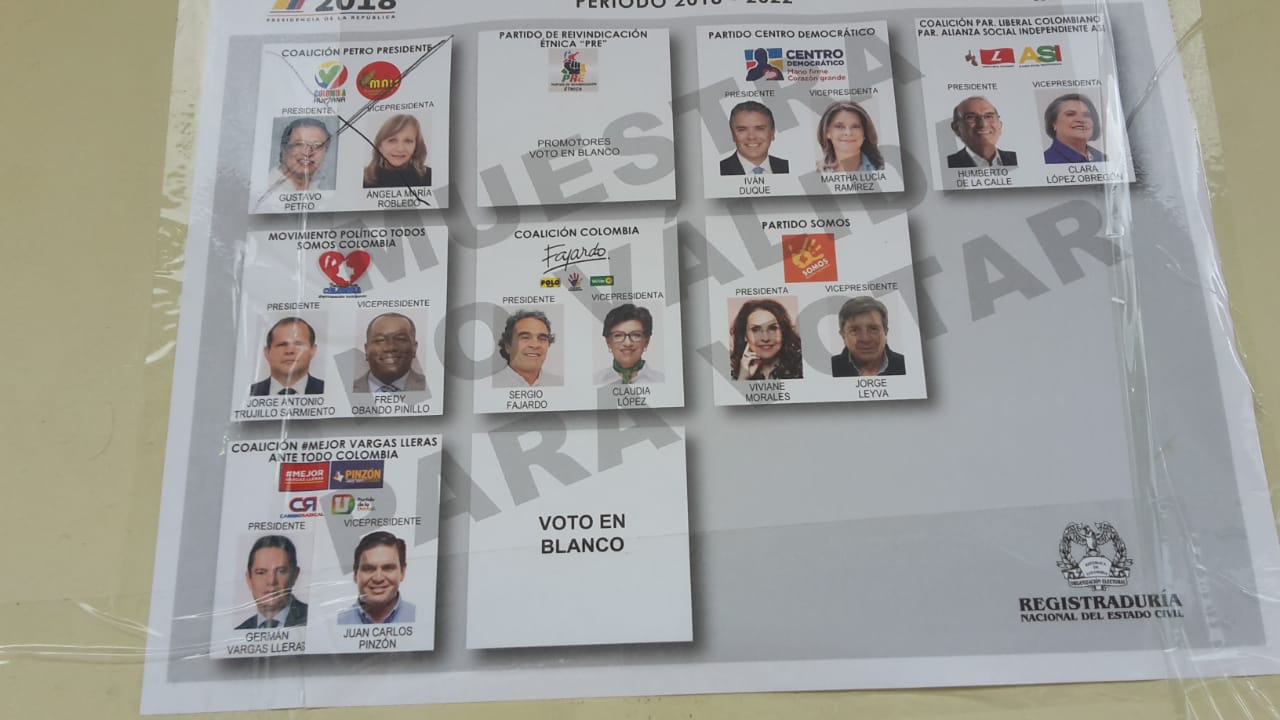
Ex FARC member Katerin, who spoke to us about life after the guerrilla group.
The question of whether the Colombian public will accept the peace deal, and then accept the FARC back into society has never been more important. Sam Ling Gibson speaks to former FARC combatants and members of the public to get a better understanding of deep rooted beliefs
With a peace deal in Havana both likely and imminent, peace campaigners are working hard to win the hearts and minds of the public. Perceptions will have a major impact on the success of a peace deal, not only because it is subject to a referendum, but also in facilitating its subsequent implementation.
I will examine how the FARC are viewed from various perspectives, take a look at how accurate those perceptions are, and consider the implications for the wider peace process.
The challenge is that the country remains divided and there is a gulf of misunderstanding between combatants, ex-combatants and the general public. As Katerin, a former FARC member, tells me, “In the zona roja, we [the FARC] believe that the average Colombian is hungry and impoverished, and at the same time you [the public] believe that we are fundamental terrorists…we are there and you are here.”
Public views of the FARC
There was a tendency to think of the FARC as ‘rebels without a cause’ amongst the people I interviewed. One person summed it up when they said, “many Colombians think that the FARC are a group of terrorists who lost their cause ages ago”.
A lot of people understand that the FARC started out with strong underlying principles as well as recognising that the circumstances that caused them to take up arms, such as inequality, remain relevant today.
This is evidenced by a Latin American Public Opinion Project (LAPOP) survey, which showed that 80% of Colombians believed the country was affected by widespread corruption, about 48% were dissatisfied with public education and their economic situation and 67% believed major land redistribution was necessary.
However, when comparing the FARC with M-19 – a guerrilla group which demobilised in the late 1980s – people see the divide in how the groups progressed in terms of their tactics and objectives.
Hugo, 24, told me “M-19 and FARC both began as armed insurgents, using revolutionary principles to achieve drastic change”, while Laura, 20, said that “M-19 surrendered, and negotiated to become to the AD-19 political party, which today has members in congress and the Mayor of Bogotá [until recently Gustavo Petro], but the FARC changed into terrorists the minute they started to attack innocent civilians with narco-trafficking, kidnapping and the use of bombs”.
And it is this narrative of terrorism, and the departure from the group’s ideals, that stands out in almost all the responses. Mario, 23 felt that “the FARC’s tactics have damaged the lives of civilians more [than M-19], because the brutal methods they use have killed a lot of innocent people in the country”.
But what of the paramilitaries? Perhaps surprisingly, while people recognised that the state and paramilitary/neo-paramilitary groups bore some responsibility for the deaths and atrocities of the conflict, the more common view among interviewees was that the FARC were responsible for the majority of the violence in the country.
This perception flies in the face of a United Nations estimate that the FARC are culpable for only 12% of total deaths in the conflict, and paramilitaries a staggering 80%.
While the FARC are not the main perpetrators of violence by a long shot, an analysis of their tactics shows they could be considered as terrorists. This label not only perpetuates the exaggerated image of the group, it also leads to a low level of trust (just 6% according to LAPOP in 2014), which in turn impacts people’s perception of the legitimacy of the peace process.
It is noteworthy that the former fighters were reluctant to use the term terrorist, even though they shared the public’s recognition that some of the group’s current tactics do conform to scholarly definitions of ‘terroristic’. What of the idea, then, that the FARC are kidnappers and narco-traffickers? Various studies from analysts at InSight Crime attest to some of this, revealing that around 14% of their revenue comes from kidnapping, upwards of 60% from drug related activities, and the remainder through illegal extraction industries and extortion.
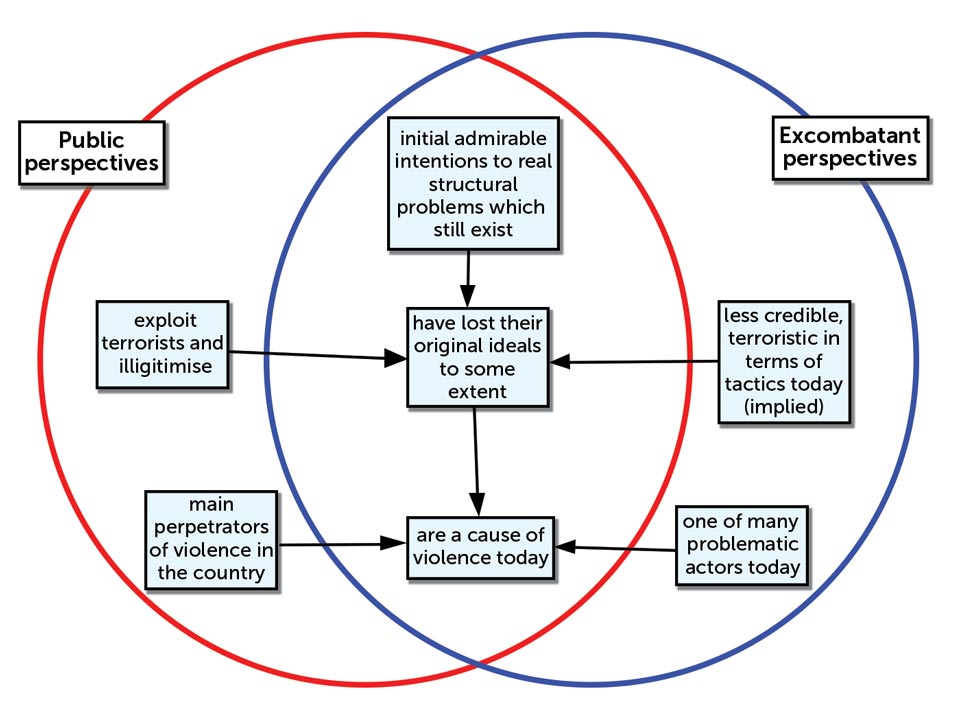 Ex-combatant’s view of the FARC
Ex-combatant’s view of the FARC
Katerin’s views had a lot in common with the wider public. She spoke in detail about the structural issues at the root of the conflict, stressing severe inequality and poverty, widespread insecurity, and a weak state presence in great swathes of the country. One interviewee went further, explaining that the FARC offered education and healthcare, and even the provision of law and justice: “Where I’m from the police don’t provide law. If you have troubles you see the guerrilla, not the army…it’s the guerrilla who are in control.”
I have also spoken to victims of the conflict, one of whom noted that people “join the guerrillas because of their family receiving threats or severe economic hardships”. But that’s not the only reason for signing up. A common motive from ex-combatants was also “to make this country better”.
What was also interesting was how strident ex-members were in their view that since leaving the FARC, non-violent solutions needed to be found to deal with problems. So it’s by no means certain those revolutionary principles will be carried through into political views after the conflict. In fact, they tended to become increasingly moderate with time.
They showed a fairly balanced and self-critical view of their former group, sharing the public’s criticism of the group’s current tactics that are reliant on narco-trafficking and kidnapping, departures from its original values and principles. As Katerin noted, “the FARC was positive for campesinos in the beginning, but this has changed with time”.
Yina, another former member added, “they have made a lot of mistakes and hurt many families … it causes me pain to see the victims, and I think the FARC need to answer for that”.
But, unlike the public, there was a much greater understanding that the FARC are not alone in the things they have done. As Yina put it, “these barbaric ways of fighting exist on all sides – the paramilitaries and the state also are guilty of killing, ‘disappearances’ and breaking the law”.
Accordingly, many ex-combatants were frustrated that the FARC’s blame in the role of the conflict was disproportionate and felt that the assumptions about the FARC needed to be tempered by impartial facts.
Suspicion
There is an element of contradiction in the way many Colombians view the talks. On the one hand, various polls show that an increasing majority see a negotiated settlement as the best way to end the conflict with the FARC. But on the other, there is a high degree of scepticism towards the talks.
Referendum predictions hover around 50% for peace (La Opinión, 2016), and a higher percentage actively oppose a genuine reintegration and reconciliation with the guerrilla group.
The worrying thing is that perceptions of the FARC, some of them false, are potentially undermining the considerable gains of the negotiating teams in Havana. As one member of the public told me, “The peace process could fail because most Colombians don’t trust the guerrilla, which means they might not approve the deal”.
With some form of referendum on the cards and the knowledge that the implementation of the accord may be even more challenging than the negotiation process, public buy-in is going to be crucial. All of which makes this battle for public opinion – and the conflict between collective memory and historical truth – all the more important.
Sam Ling Gibson lectures on transitional justice and conflict resolution here in Bogotá, and has been working with groups of ex-combatants from all sides of the conflict as well as victims for the last two years in various research projects addressing the challenges of post-conflict reintegration.

